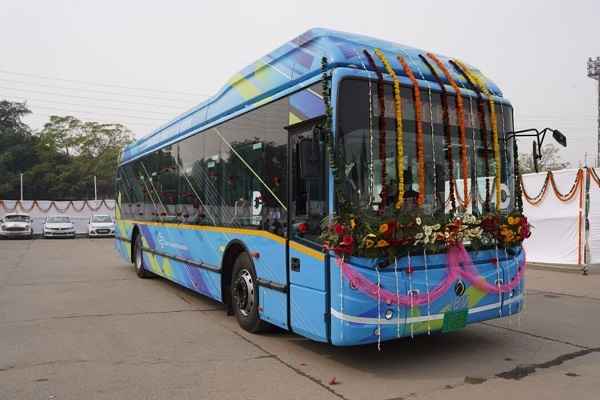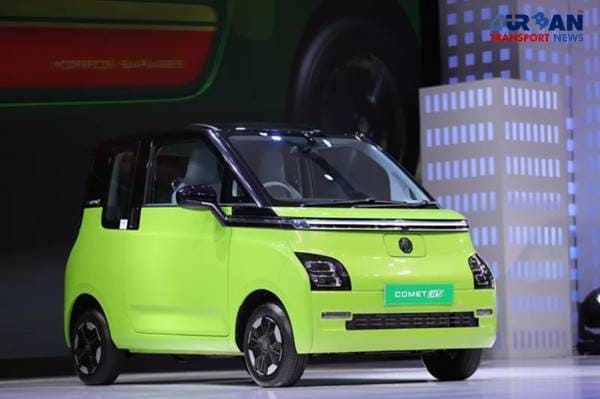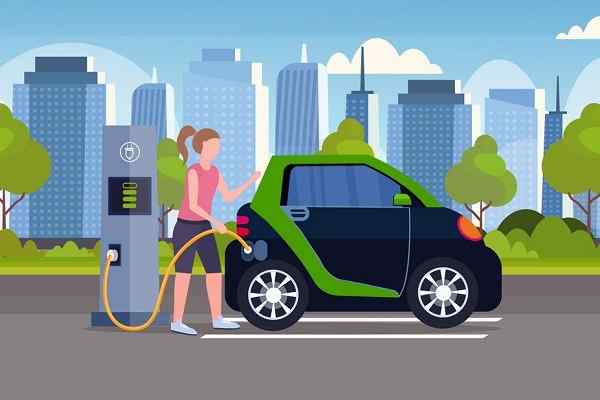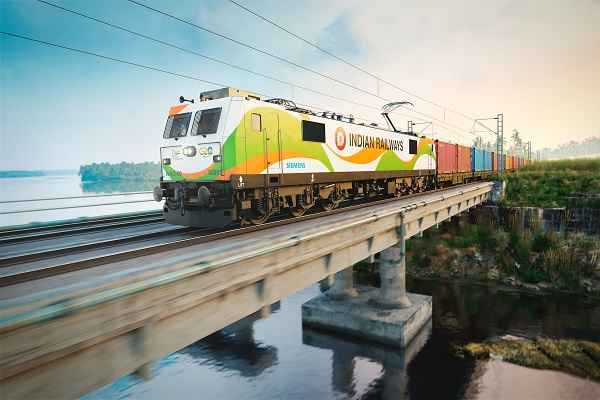 India is not just a market, it is becoming a beacon of hope for the future: Siemens AG
India is not just a market, it is becoming a beacon of hope for the future: Siemens AGSATEBA acquires Rail Business of De Bonte Group in Belgium
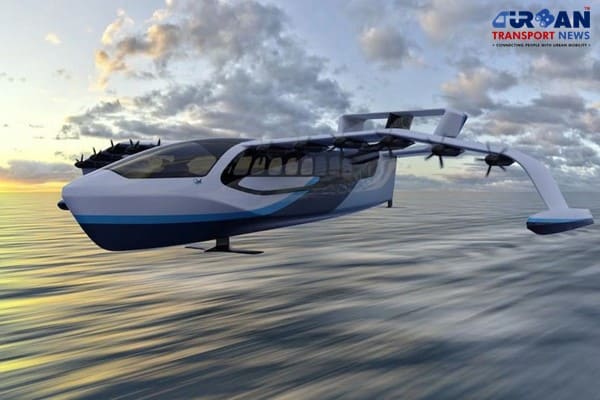 Regent to launch High-Speed Seagliders to transform coastal transportation in UAE
Regent to launch High-Speed Seagliders to transform coastal transportation in UAE California commences construction on $12bn Los Angeles - Vegas High Speed Rail Project
California commences construction on $12bn Los Angeles - Vegas High Speed Rail Project Kochi Water Metro floats tender to procure 15 more electric-hybrid ferries
Kochi Water Metro floats tender to procure 15 more electric-hybrid ferries Siemens Mobility-Hassan Allam Construction JV Sign Contract for UAE – Oman Railway Link
Siemens Mobility-Hassan Allam Construction JV Sign Contract for UAE – Oman Railway Link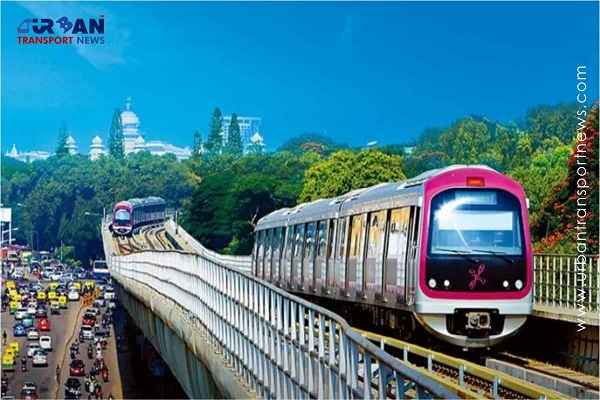 What is better public transport option for Bengaluru - RRTS or Metro Expansion?
What is better public transport option for Bengaluru - RRTS or Metro Expansion?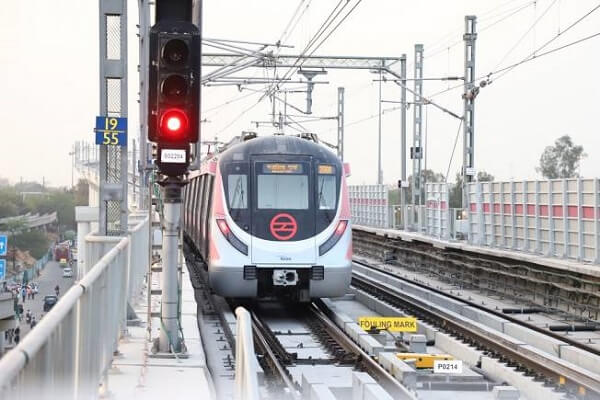 Behind Closed Doors: Corruption Uncovered in Delhi Metro's Top Management
Behind Closed Doors: Corruption Uncovered in Delhi Metro's Top Management IndiGo to launch Urban Electric Air Taxis between Delhi to Gurugram
IndiGo to launch Urban Electric Air Taxis between Delhi to Gurugram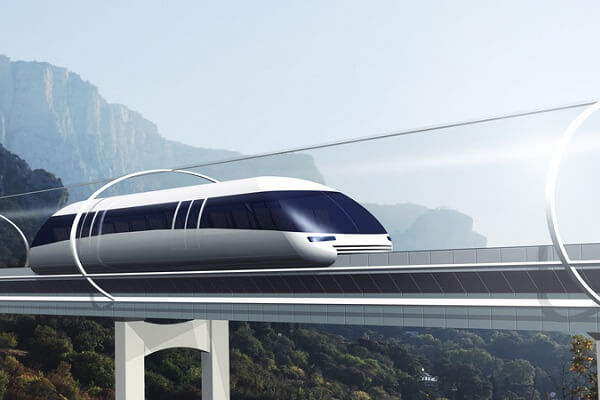 Swisspod secures Strategic Investment to advance the Hyperloop Transportation
Swisspod secures Strategic Investment to advance the Hyperloop Transportation
Electrifying Change: India's Path to Sustainable Urban Mobility
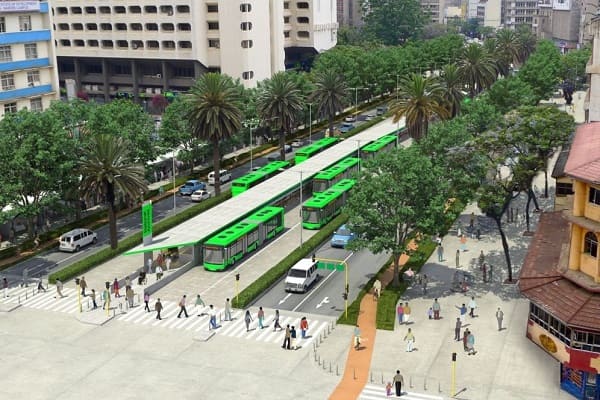
In the midst of India’s bustling streets and crowded urban centers, a quiet revolution is taking place—one that is reshaping the way people move and commute. The transition to sustainable public transportation, from the era of Compressed Natural Gas (CNG) to the advent of Electric Mobility (E-Mobility), marks a pivotal moment in India's journey towards a greener, more environmentally conscious future. In this comprehensive exploration, we delve into the intricacies of this transition, examining the challenges, opportunities, and transformative initiatives driving India's shift towards sustainable public transport.
Introduction
India, with its rapidly growing population and expanding urban landscapes, faces a pressing challenge: how to meet the transportation needs of its citizens while mitigating the environmental impact of vehicular emissions. With the transportation sector emerging as a significant contributor to air pollution and carbon emissions, the need for sustainable alternatives has never been more urgent. In response to this challenge, India has embarked on a journey towards sustainable public transport, leveraging technological advancements and policy interventions to foster the adoption of cleaner, greener modes of transportation.
The Beginning: Delhi’s CNG Initiative
The roots of India's transition to sustainable public transport can be traced back to the late 1990s, when the national capital, Delhi, grappled with alarming levels of air pollution. In a pioneering move, the Delhi government initiated the adoption of Compressed Natural Gas (CNG) as an alternative fuel for public transportation. This initiative, catalyzed by public interest litigations and judicial directives, led to the phased conversion of the city's bus fleet, autorickshaws, and taxis to CNG, resulting in a significant reduction in vehicular emissions and a cleaner urban environment.
FAME Scheme: Paving the Way for E-Mobility
Building upon the success of the CNG initiative, India unveiled the Faster Adoption and Manufacturing of (Hybrid &) Electric Vehicles (FAME) scheme—a landmark initiative aimed at promoting the adoption of electric and hybrid vehicles across the country. Launched in 2015, FAME I incentivized the manufacturing and deployment of electric and hybrid vehicles, with a focus on boosting demand, fostering technological innovation, and enhancing charging infrastructure. The scheme provided financial incentives and subsidies to facilitate the transition to electric mobility, laying the groundwork for a future dominated by clean, sustainable transportation solutions.
FAME II: Scaling Up Electric Buses
The sequel to FAME I, aptly named FAME II, represented a significant milestone in India's journey towards electrification. With a renewed focus on electric buses and sustainable public transport, FAME II aimed to support the deployment of 7,000 electric buses nationwide over a period of three years. By offering demand incentives, streamlining procurement processes, and prioritizing local manufacturing, FAME II sought to accelerate the adoption of electric buses and catalyze the transition towards a zero-emission public transport ecosystem.
Grand Challenge: A Turning Point
A pivotal moment in India's electric bus journey came with the introduction of the Grand Challenge—an ambitious initiative aimed at aggregating demand and driving down costs through economies of scale. Led by Convergence Energy Services Limited (CESL), the Grand Challenge garnered widespread participation from major cities, resulting in a substantial reduction in the cost of electric buses and laying the foundation for mass adoption. With its innovative approach and collaborative spirit, the Grand Challenge heralded a new era of affordability and accessibility in India's electric bus market.
Beyond FAME: NEBP and PM Ebus Sewa Scheme
While FAME played a crucial role in kickstarting India's e-mobility revolution, the journey towards sustainable public transport does not end there. The National Electric Bus Program (NEBP) and the PM Ebus Sewa Scheme represent the next phase of India's electrification efforts, with ambitious targets and substantial investments aimed at accelerating the adoption of electric buses across the country. By leveraging public-private partnerships, promoting innovation, and prioritizing inclusive growth, these initiatives seek to transform India's public transport landscape and pave the way for a cleaner, greener future.
City Level Procurements
At the grassroots level, cities across India are taking proactive steps to embrace sustainable transportation solutions and reduce their carbon footprint. Through state-level grants, subsidies, and tenders, cities are electrifying their fleets and investing in green infrastructure. From Mumbai to Chennai, these initiatives not only promote environmental sustainability but also stimulate economic growth, create jobs, and improve the quality of life for urban residents.
Decarbonisation Beyond Buses
While electric buses have garnered much attention, India's decarbonisation efforts extend beyond the realm of buses to encompass a wide range of public transportation modes. From metro rails to light rail systems, trolleybuses, and waterborne transport, India is exploring innovative solutions to reduce emissions, enhance connectivity, and improve mobility for its citizens. By embracing a holistic approach to decarbonisation, India aims to build a comprehensive, multimodal transportation network that is efficient, sustainable, and resilient to future challenges.
Trolleybus: A Green Solution
Trolleybuses, powered by overhead wires, offer a cost-effective and environmentally friendly alternative to traditional diesel buses. With their zero-emission operation and low operating costs, trolleybuses have emerged as a promising solution for smaller cities seeking to reduce pollution and improve air quality. By leveraging existing infrastructure and embracing innovative technologies, trolleybus systems can play a pivotal role in India's transition to sustainable public transport.
Metro Rail: Powering India's Megacities
Metro rails have emerged as a lifeline for India's megacities, offering fast, reliable, and environmentally friendly transportation options for millions of commuters. With extensive networks spanning major urban centers, metro rails not only reduce congestion and pollution but also stimulate economic growth, spur urban development, and enhance the overall quality of life. As India continues to urbanize and expand, metro rails will play an increasingly critical role in shaping the future of public transportation in the country.
Light Rail System: A Modern Solution
In smaller cities and towns, where metro networks may not be feasible, light rail systems offer a modern and efficient alternative to traditional modes of transit. With their sleek design, comfortable amenities, and low environmental impact, light rail systems provide urban residents with a convenient and sustainable way to commute. By connecting neighborhoods, reducing travel times, and promoting urban mobility, light rail systems contribute to the creation of vibrant, livable communities that prioritize people over cars.
Waterborne Transport: Navigating the Future
As India embraces its rich maritime heritage, waterborne transport is emerging as a viable solution for connecting coastal communities and reducing congestion on land. From the backwaters of Kerala to the rivers of West Bengal, electric boats and ferries offer a sustainable and efficient mode of transportation, particularly in regions with limited road infrastructure. By integrating waterborne transport with existing transit networks and promoting multimodal connectivity, India can unlock new opportunities for economic growth, tourism, and environmental sustainability.
Prioritising Future Decarbonisation
Looking ahead, India's transition to sustainable public transport is poised to accelerate, driven by technological innovation, policy support, and grassroots initiatives. By prioritizing public transit, investing in green infrastructure, and fostering collaboration between stakeholders, India can build a transportation ecosystem that is inclusive, accessible, and environmentally sustainable. From electric buses to metro rails, trolleybuses, and beyond, India has the potential to lead the way towards a cleaner, greener future for all.
In conclusion, India's transition to sustainable public transport represents a paradigm shift in the way we envision transportation in the 21st century. By embracing innovation, collaboration, and a shared commitment to sustainability, India has the opportunity to lead the global transition towards a cleaner, greener future for generations to come.





